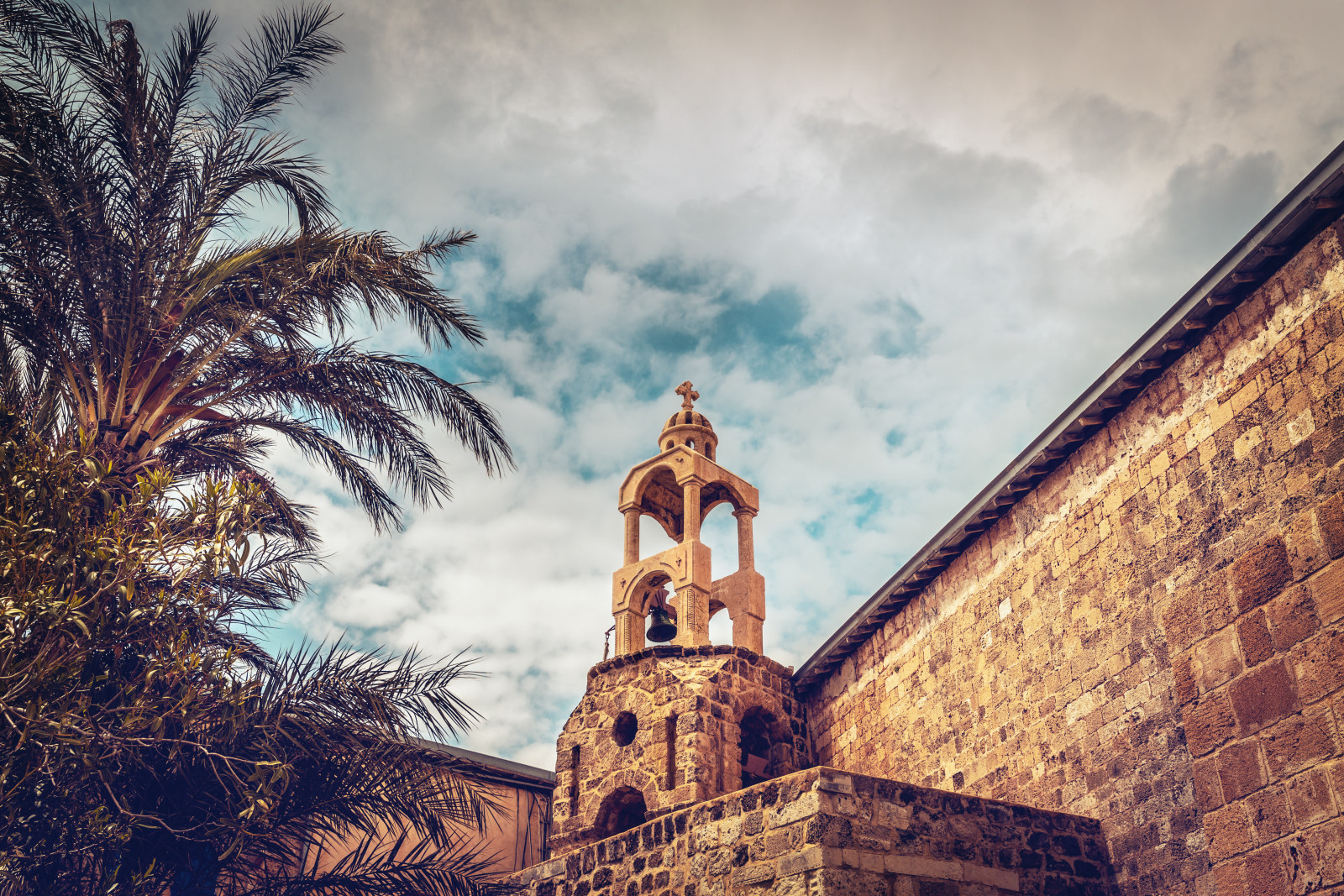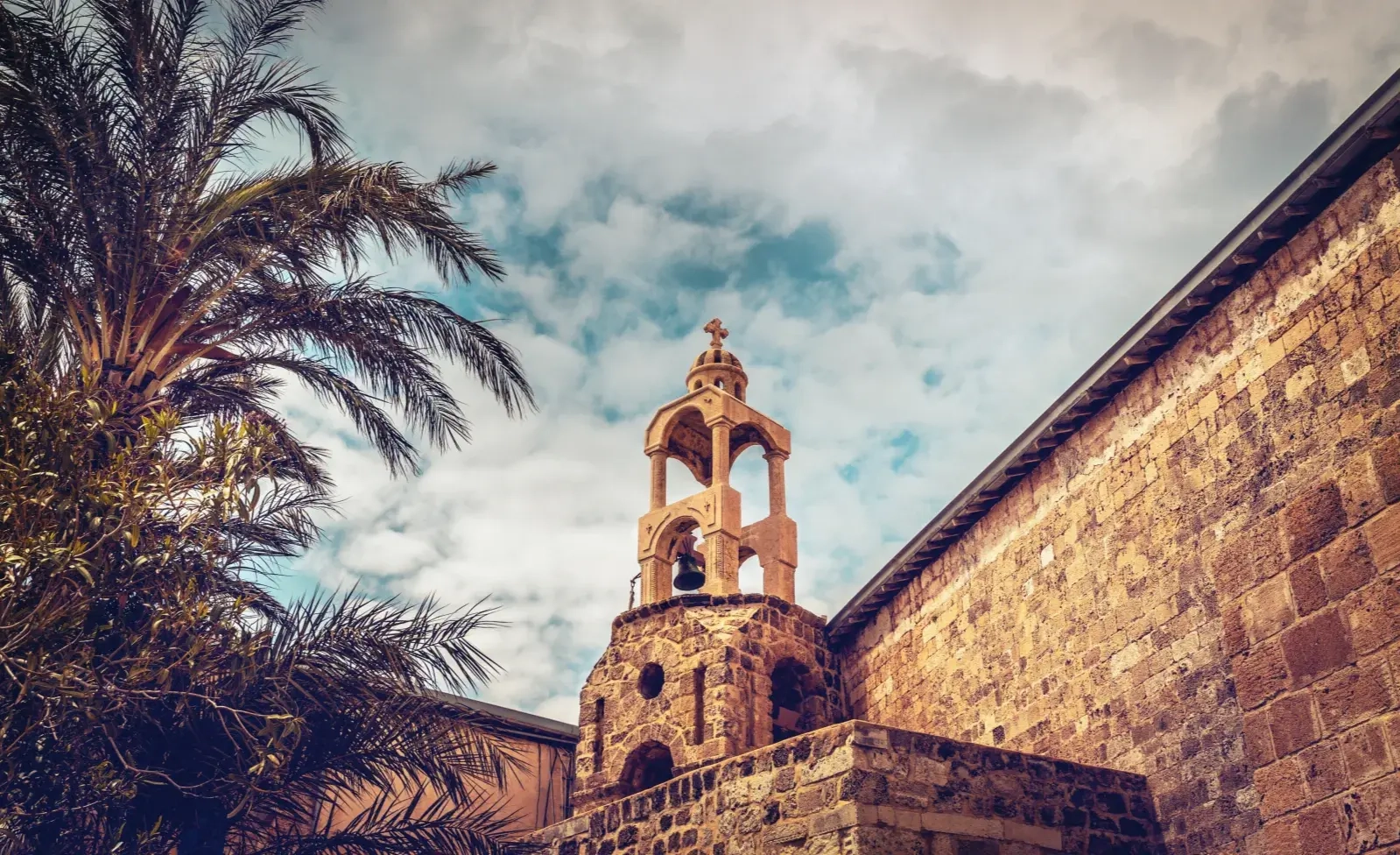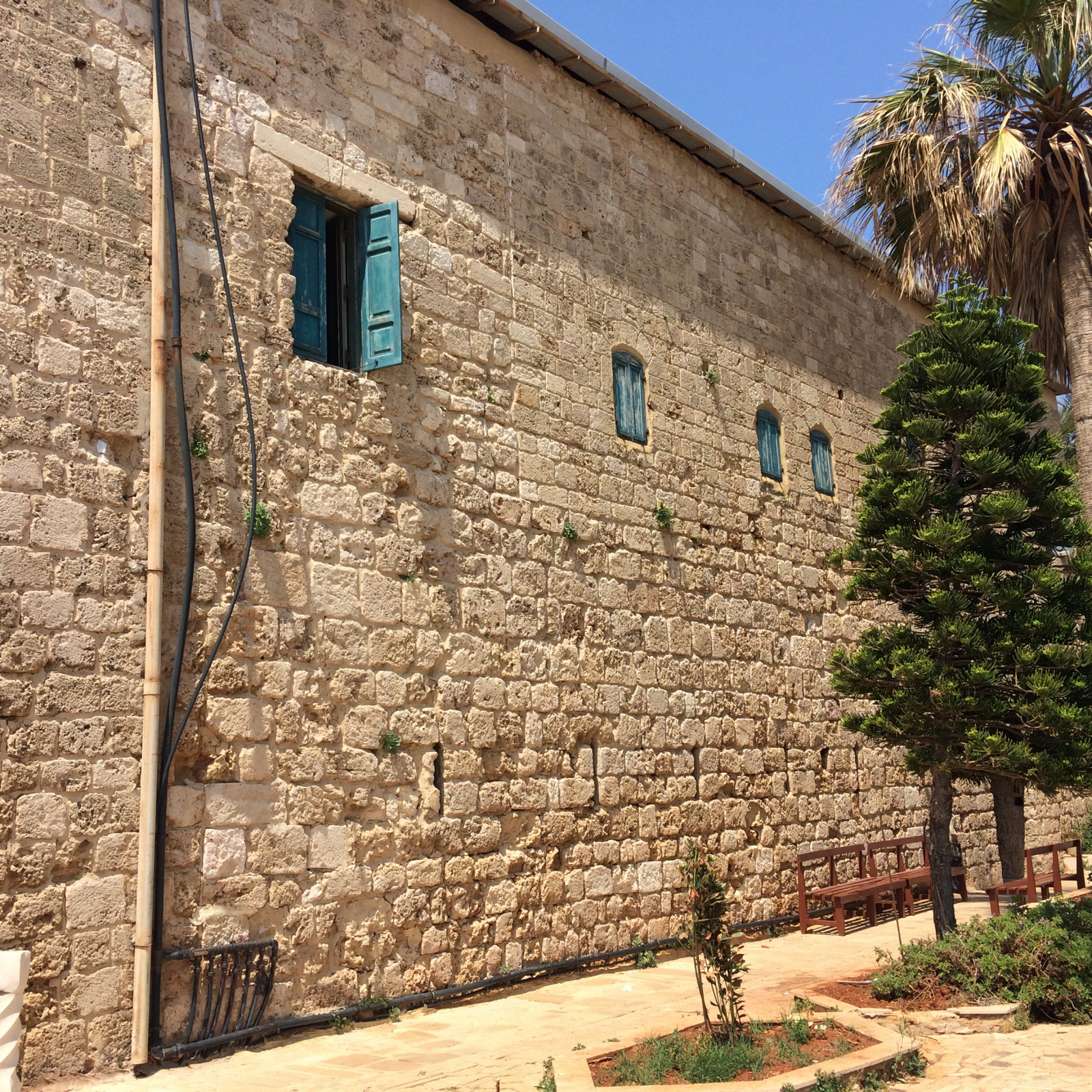Convent of Our Lady of El-Natour
Overview
Characteristics and classifications
All Reviews (0)







HomeWIKIMOOVReligious sites LeafletArt & CultureBlogFamily FriendlyOut & AboutIndulgeThe Great OutdoorsA Word from the ExpertsSlow TourismPersonalized tripWIKIMOOVExperiencesEventsTrailsFind a GuideMagazineCraft & Local ProductsCulture & HeritageFood & DrinksAccomodationLeisure & EntertainmentNatureOutdoor Activities CentersReligious sitesSnow Activities CentersFamous & useful placesWater Activities CenterWellbeingBusiness PlatformJoin MOOVTOOBecome a MOOVTOO guideBecome a MOOVTOO HostI've read and I accept MOOVTOO's Privacy and Cookie Policy
 What is MOOVTOO ?PartnersContact usFAQLegal MentionsData Protection PolicyTerms and Conditions
What is MOOVTOO ?PartnersContact usFAQLegal MentionsData Protection PolicyTerms and Conditions